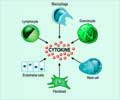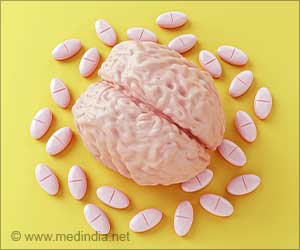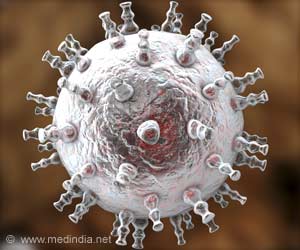Researchers at the University of California-Los Angeles (UCLA) have shed light on the role that the body's immune system plays in bone loss.
Researchers at the University of California-Los Angeles (UCLA) have shed light on the role that the body's immune system plays in bone loss.
Writing about their work in the journal Clinical Immunology, they say that their findings may pave the way for new immune-based approaches for treating osteoporosis, the disease that causes fragile bones and increases the risk of fractures, resulting in lost independence and mobility.In the report, the researchers highlight the fact that scientists have long recognized the relationship between high cholesterol and osteoporosis, but pinpointing the exact mechanism connecting the two has proved elusive.
"We've known that osteoporosis patients have higher cholesterol levels, more severe clogging of the heart arteries and increased risk of stroke. We also knew that drugs that lower cholesterol reduce bone fractures too. What we didn't understand was why," said Rita Effros, professor of pathology at the David Geffen School of Medicine at UCLA.
Effros suspected a clue to the mystery involved oxidation - cell and tissue damage resulting from exposure of the fatty acids in cholesterol to molecules known as free radicals.
The research team focused their study on low-density lipoprotein (LDL), the so-called "bad" cholesterol, and examined how high levels of oxidized LDL affect bone, and whether a type of immune cell called a T cell plays a role in the process.
Using blood samples from healthy human volunteers, the team isolated the participants' T cells and cultured them in a dish. Half of the T cells were combined with normal LDL, and the rest with oxidized LDL.
Advertisement
They found that the T cells exposed to oxidized LDL displayed a striking response.
Advertisement
According to the researcher, the chemical called RANKL is involved in immune response and bone physiology.
With a view to gaining a deeper understanding as to how the immune system participates in bone loss, the team repeated the experiment in a mouse model. Half the animals were fed a high-fat diet starting at one month of age, while the control group ate a normal diet.
At 11 months, the mice on the high-fat diet showed elevated cholesterol and thinner bones.
Upon testing the T cells of the mice on the high-fat diet, Effros and her colleagues found that the cells acted differently than those of the mice on the normal diet.
The researchers said that the T cells switched on the gene that produces RANKL.
They further revealed that the chemical also appeared in the animals' bloodstream, suggesting that the cellular activity contributed to their bone loss.
"It's normal for our T cells to produce small amounts of RANKL during an immune response. But when RANKL is manufactured for long periods or at the wrong time, it results in excessive bone damage," Effros said.
"That's exactly what happened to the mice on the high-fat diet. The animals' high cholesterol increased their levels of oxidized LDL, which told the T cells to keep generating RANKL. This discovery revealed to us how the immune system might play an entirely new role in bone loss," she added.
Effros said that the next step would be exploring methods to control T cell response to oxidized LDL in an effort to develop immune-based approaches to prevent or slow bone loss.
Source-ANI
SRM












